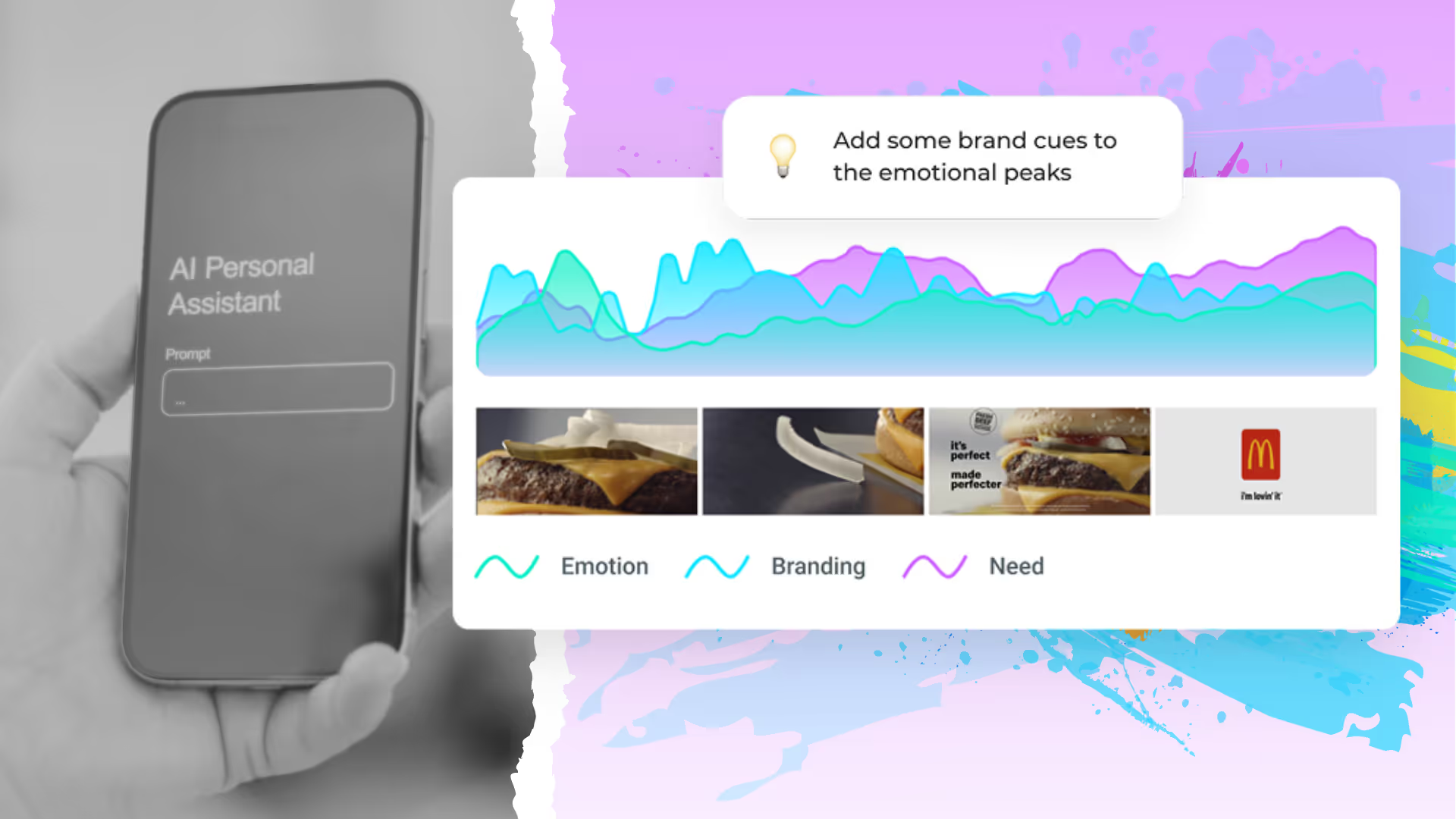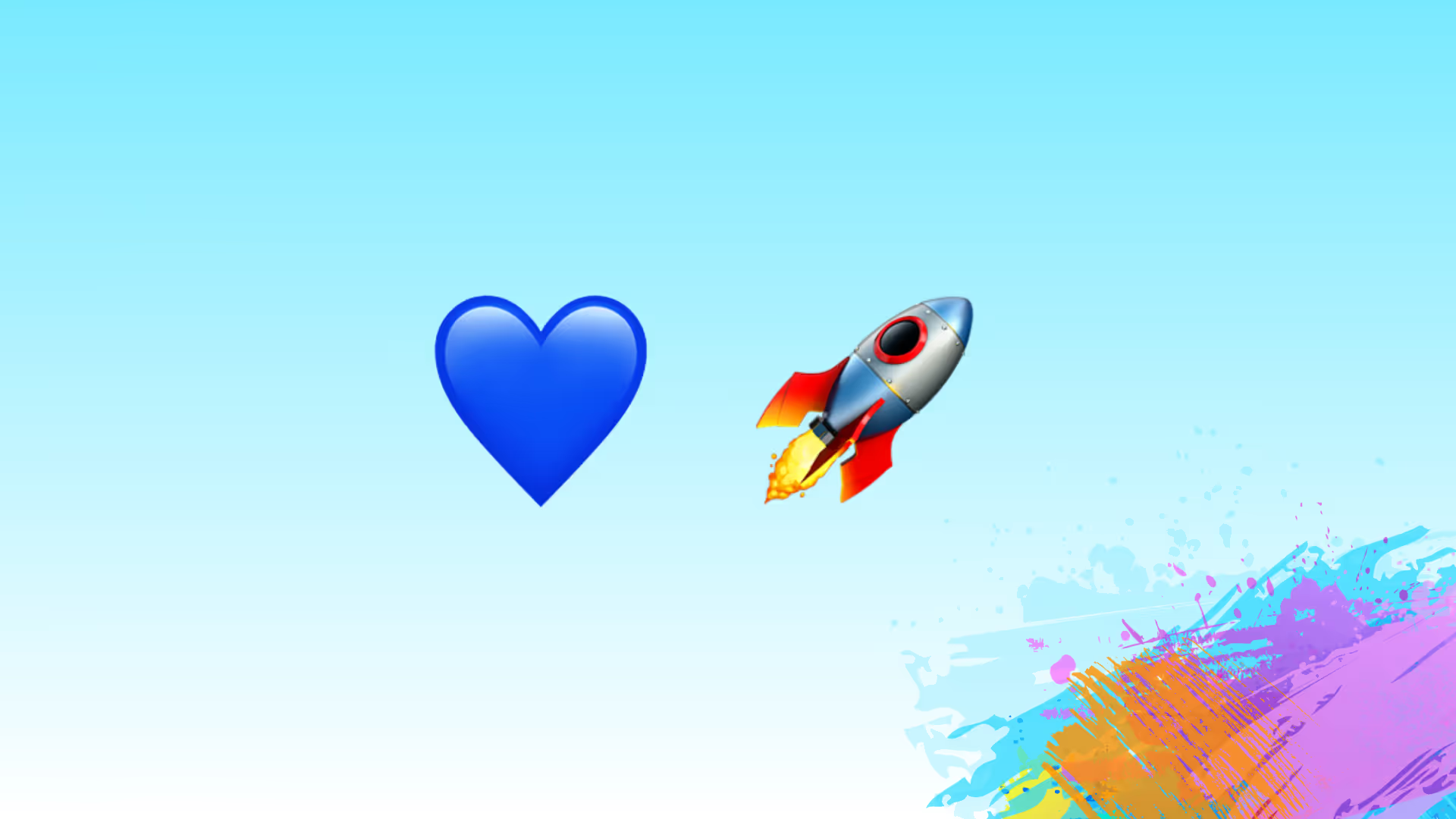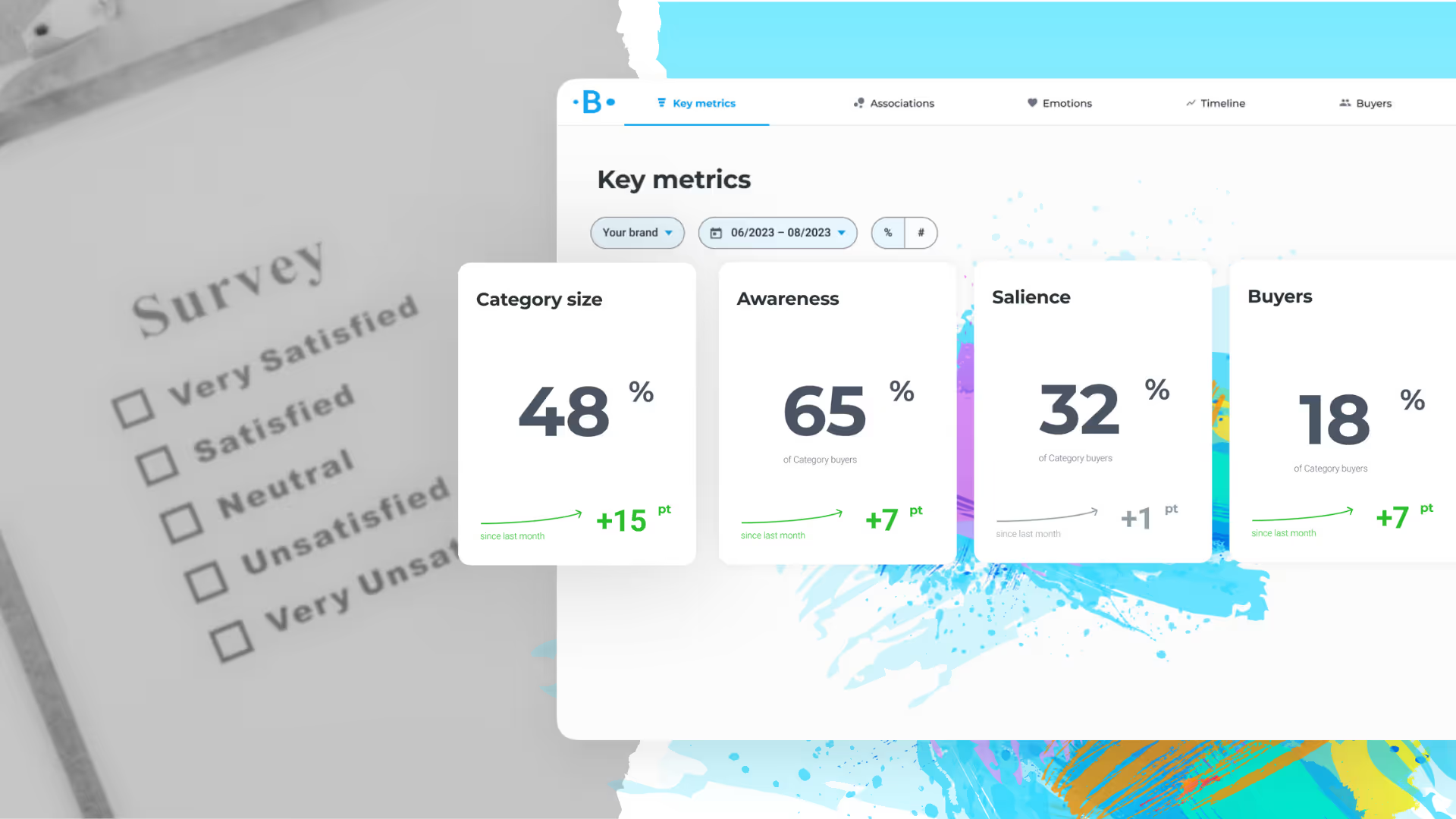- Google, once predicting TV’s demise, is now a major TV advertiser and an advocate for brand building. Airbnb turned profitable after shifting from performance to brand marketing.
- Leading VC funds have started adjusting their marketing philosophies recently, publishing guides on start-up brand marketing.
- As the problems with performance marketing ROI grow, new-generation brand marketing ROI tools are thriving. What is happening?
Prologue: The False AdTech Hopes of the 2010s
The world of advertising in the late 20th century had become quite boring: brands hired agencies to come up with creative campaigns, then rolled them out through the few channels available—print, billboards, radio, and the crown jewel, TV.
On average, it worked.
No one knew much about the ROI of a specific campaign, but everyone was happy to remember the famous quote: “Half the money I spend on advertising is wasted; the trouble is I don't know which half.”
Then, with the spread of the internet, social networks, and cookies, advertising changed overnight.
The vision of the new marketing was daunting—thanks to new targeting and data-collection possibilities, not a single ad dollar would be wasted. You would only pay for people who clicked on your ads, and invest only in campaigns with the highest ROI.
Direct-response marketing was nicknamed “performance marketing,” as opposed to the non-measurable and thus wasteful brand marketing.
The expectations were so high that around 2007, many influential voices like Wired, TechCrunch, and Google declared TV dead.
Fast forward to 2023. TV is still around, named the most effective medium, and Google is now one of the top TV advertisers.
Last year, Airbnb became profitable for the first time after it shifted from a performance-centric to a brand-centric marketing approach. And First Round, a famous Silicon Valley VC, has just published A Founder’s Framework for Understanding Performance vs. Brand Marketing for Your Startup.
What happened? Of course, there's the depreciation of cookies and the sky-high costs of PPCs.
However, there is a fundamental reason why the idea that performance marketing could take over the role of brand marketing was misguided from the beginning.
The Inevitable Ceiling of Performance Marketing
Direct-response “performance” marketing is essentially a powerful tool for efficiently harvesting existing demand.
It converts people who are actively looking for a solution and are ready to buy immediately. It's a godsend for early startups, allowing them to surgically target early adopters while keeping their marketing spends really low.
But for any grown company (in VC language, think Series B and later), a crucial limitation emerges.
For every known type of product or service, most of your potential buyers are out of the market right now. They don’t need the product immediately, they’re overwhelmed with other concerns, and won’t click on your ad or even read the impressive list of your benefits—they’re simply not responsive to performance marketing.
The bad news is that for most B2C and B2B categories, the in-market segment constitutes only about 5-15% of all potential buyers.
This limitation is not just theoretical. The world’s leading performance agency, Jellyfish, has worked with so many companies experiencing this that they even coined the term “Performance Plateau”: acquisition costs higher than ever, previously good ROI plummeting, everything becoming inefficient. And almost no company could accurately diagnose the problem: they had outgrown the existing demand in their market.
The good news is that there is a proven method to create future demand, called brand marketing.
Good brand marketing uses emotion to break into the inattentive minds of out-of-market consumers, creating a memory association between the need/category and the brand, often many months before the purchase.
When a buyer finally enters your market, 95% of them subconsciously choose brands they already know. This subconscious effect is highly predictable, making brand marketing a main driver of brand and category growth, but also a key driver of pricing power and thus profits (recall Airbnb’s success).
For scale-ups and big brands, brand marketing and performance marketing work perfectly together: the former creates demand, and the latter harvests it.
Les Binet has been a pioneer in the econometrics of an ideal brand vs. performance split. It’s possible to calculate the optimal ratio for your business, but typically it’s somewhere around 60-80% of the marketing budget for branding and 20-40% for activation.
The Troubles with Performance Marketing ROI
The canonical books of the tech world from the last decade (such as "Hacking Growth") typically suggest that “brand-building doesn’t have a measurable ROI” and turn all their attention to “performance” channels.
This view turns out to be flawed on many levels.
Primarily, the ROI of performance marketing is a very problematic number, and strategies focused solely on maximizing this figure have led to severe business losses. While companies were reporting higher and higher ROIs, the actual business effects (sales, profits) were smaller and smaller.

Explaining this properly is beyond our scope here (you can learn more here), but in brief, digital attribution models “steal” the brand-building effect of previous ads (offline, TV, digital) and give all the credit to the conversion.
This has resulted in many misguided marketing decisions, like “targeting the already falling fruit”— algorithms finding and easily “converting” people who were going to buy your product anyway.
Ad tech giants Meta and Google have been gradually moving from the most problematic last click attribution to more sophisticated attribution modeling (now heavily limited by the deprecation of cookies), only to eventually admit that digital attribution is often wildly inaccurate.
In Measuring effectiveness: Three grand challenges study, Google recommends supplementing digital attribution with brand metrics, experiments and econometrics.
The New Ways to Measure Brand Building ROI
In the camp of brand marketing, however, the trend has been the opposite. Thanks to breakthroughs in marketing science and subconscious behavioral measurements, the accuracy of brand ROI measurements has significantly improved.
These advancements revealed that the most efficient brand ad creatives can yield profits 11 times higher for the same marketing spend than mediocre ones, overshadowing the effects of targeting and channels. (This was confirmed many times, including in this Google study.)
This is particularly huge for consumer brand CMOs, where branding spend still accounts for 50–80% of advertising budgets. The tensions about the unclear brand marketing effectiveness has been one of the main reasons for the high turnover rate among CMOs, the highest among C-suite.
The key challenge is that the immediate effect of brand building is subconscious and only visible in sales figures after 6–18 months–when most of the out-market buyers finally enter the market. At which point, many CMOs are already gone.
Thanks to the new generation of brand technology like Behavio, which can detect subconscious changes in the minds of the target audience, CMOs can now secure the success of their brand ads and maximize ROI.
With ad testing, they can predict the ROI of different campaign ideas and select the best ones for production. They can fine-tune visuals or videos to maximize their ability to stick in the audience's memory.
Once the campaign is on air, they can measure its separate contribution to brand building among other ads and decide which ads to continue running.
With brand tracking, they can continuously monitor their overall brand growth and make more timely strategic decisions. Advanced subconscious brand metrics like Mental Market Share are predictive of future market share, many months before brand building translates into actual sales.
The Renaissance of Brand Marketing
The crisis of digital attribution and the effectiveness of brand building are now hot topics in the consumer marketing world.
These issues have even made their way into keynote speeches at the Cannes Festival, the top global advertising event.
Adidas and many famous brands who were seduced by the performance narrative in the last decade moved back to brand-centric marketing after they've done the math.

Our Behavio brand ROI platform got from 0 to $600k ARR in less than a year, bringing on board 120 consumer brands.
While there is a segment of traditional brands like Lego or O2 switching from legacy solutions, most of our subscribers are online-born companies – in sectors like esports, fintech, or e-commerce – who have only recently recognized the need to invest in brand building.
Many, such as Pink Elephant, are growing rapidly and leading their categories, while their competitors, who focus solely on performance, are struggling during the economic downturn.
On the other side of the world, brand tracking startup Tracksuit targeting the new-to-branding companies is one of the fastest-growing startups in Australia's history, raising $7M seed round in 2023.
And Forrester has just published a report on how to use technology to create more effective (brand) creatives. on how to use technology to create more effective (brand) creatives.
Gradually, this shift is spilling over from consumer marketing into the B2B, VC, and tech worlds. LinkedIn released a study titled "How B2B brands grow," revealing massive growth opportunities due to widespread brand underinvestment in the B2B sector.
Other new publications aim to demystify brand marketing for the startup world, like "Future demand – Why building your brand among tomorrow's customers is the key to start-up success, or the aforementioned guide by First Round Capital.
Many other guides like XAnge’s Series B Blueprint acknowledge the importance of brand awareness.
It’s about time. Before 2022, NONE of the publicly VC-backed companies founded in the US in the last 15 years were meaningfully profitable: DoorDash, Airbnb, Uber, Coinbase, Robinhood, Pinterest, Snapchat – most of them losing billions annually.
After shifting budgets to brand marketing, Airbnb went from negative to $2 billion in net profit in just one year. It appears VCs and founders are literally losing billions annually due to incorrect marketing beliefs, trying to convert non-existent demand instead of creating it first.
The Future of Martech: Erasing Frictions in Brand Marketing
The tech world has been changing the planet by identifying and eliminating friction—removing unnecessary obstacles and making everything easy to use. Often, this has meant erasing entire categories. Why buy a printer when I can store all my documents on my iPhone?
And branding is the future of marketing, simply because it means less friction for buyers. Google created the best search experience, but searching itself is a friction.
In most decisions, you don’t start with Google; you start with your brain. Why read through search results when I already have a specific brand in mind?
Brain scan studies show that we tend to choose brands that require less brain activity, those that are easy to recall: the well-known ones. ‘Brain engine optimisation’ is the new SEO.
The better brands optimize for the brain, the more niche search becomes—reserved only for new categories without established brands.
Brand tech will flourish in the next decade, going far beyond merely measuring the ROI of brand marketing.
As more brands compile data on the branding effects of their ads, this wealth of information will facilitate the creation of new tools aimed at making branding workflows more efficient and potentially automated.
At Behavio, we're in the R&D phase with another product that leverages a deep understanding of implicit decision-making processes to help brands develop highly effective brand strategies – and we're already seeing very satisfied pre-SaaS users.
In the realm of AI, generative AI trained to optimize for effective brand growth will be worth billions. And many more inventions we can’t yet foresee.

















